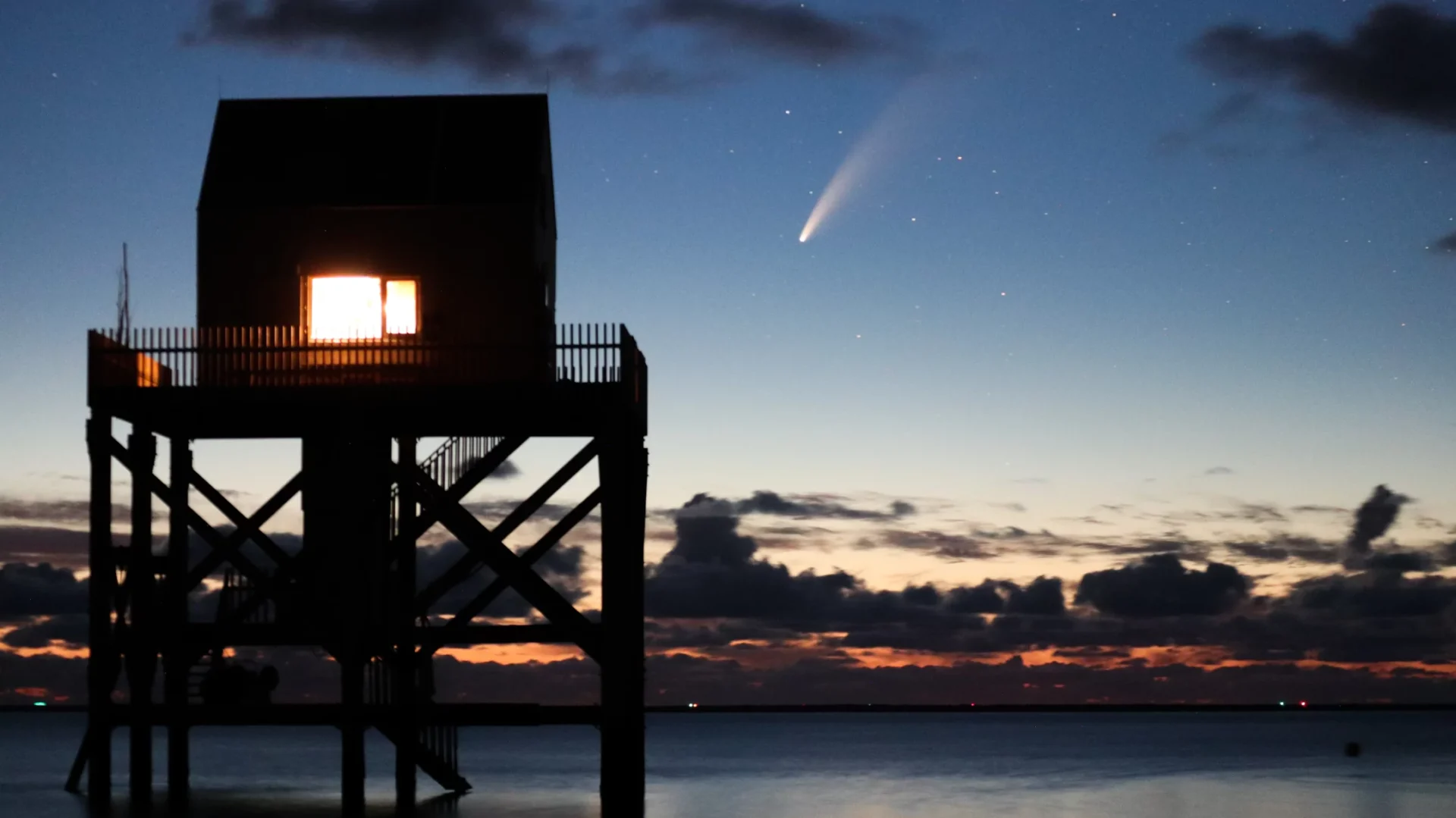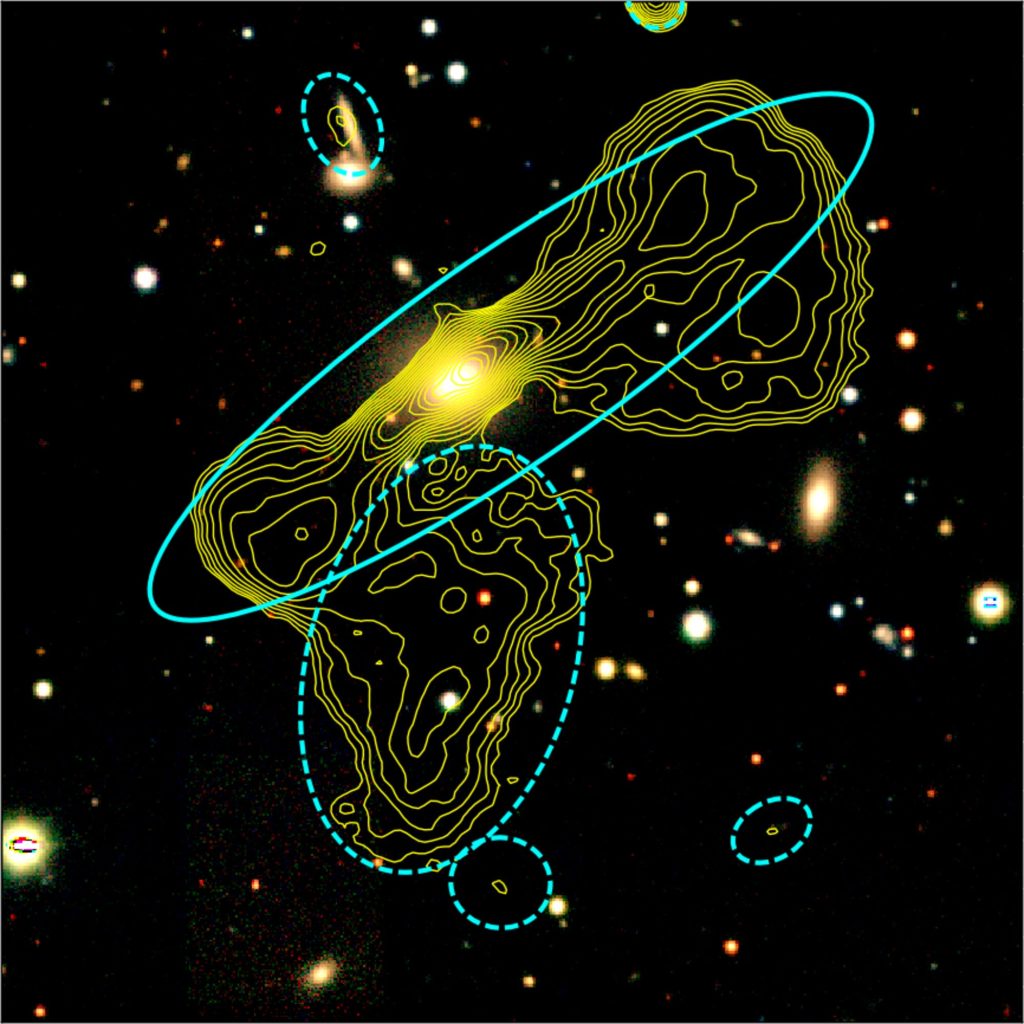Over the years I have worked on many research projects. Here a few of them are listed.
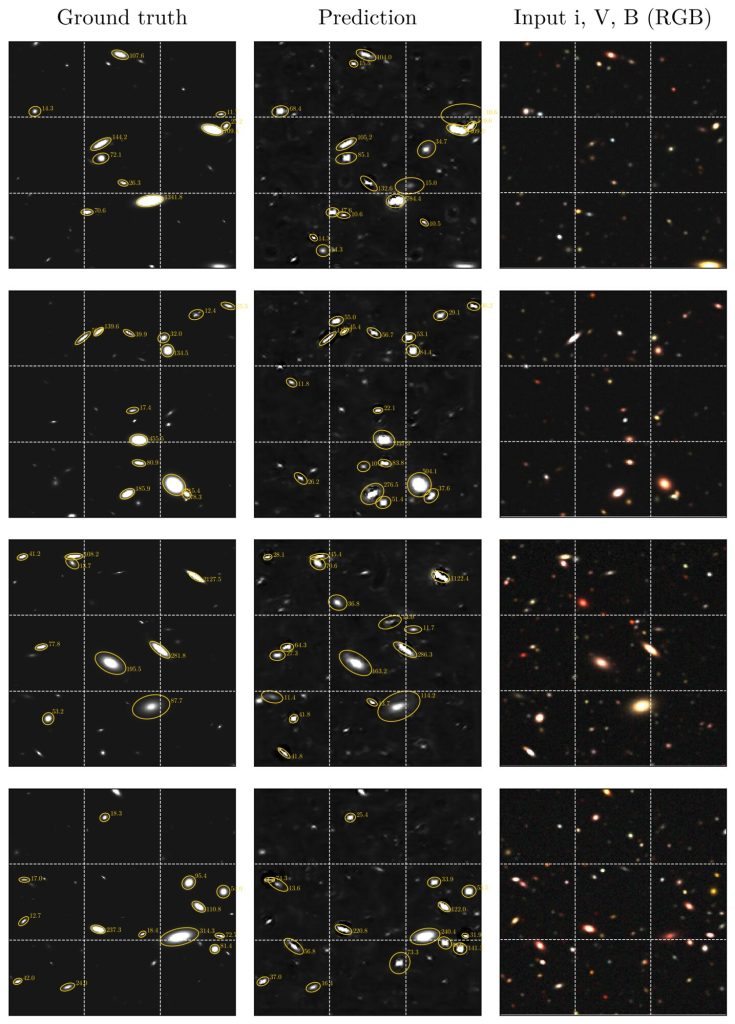
Deblending FIR/submm images with deep neural networks
Far-Infrared (FIR) and submillimeter (submm) observations are generally performed using space-based observatories like Herschel due to the opacity of the Earth’s atmoshere at these wavelengths. However, this severely limits the diameter and thus, combined with the long wavelength, the resolution of these telescopes. In a group project for the MSc. course “Deep Learning in Astronomy” we tried our hand at developing a superresolution algorithm for these images using a convolutional neural network (CNN) with higher resolution, shorter wavelength images as the input.
LOFAR Galaxy Zoo data analysis
LOFAR Galaxy Zoo (LGZ) is a citizen science project working with images of the radio sky from the LOFAR telescope. The volunteers are tasked to associate the radio emission in these images of Active Galactic Nuclei (AGN) and star forming galaxies to the correct source and to identify the counterpart in optical wavelengths. In 2020 I was involved in analysing the quality of the work of the volunteers and optimizing the strategy of the project. The Galaxy Zoo results were published in 2022 (Shimwell et al. 2022).
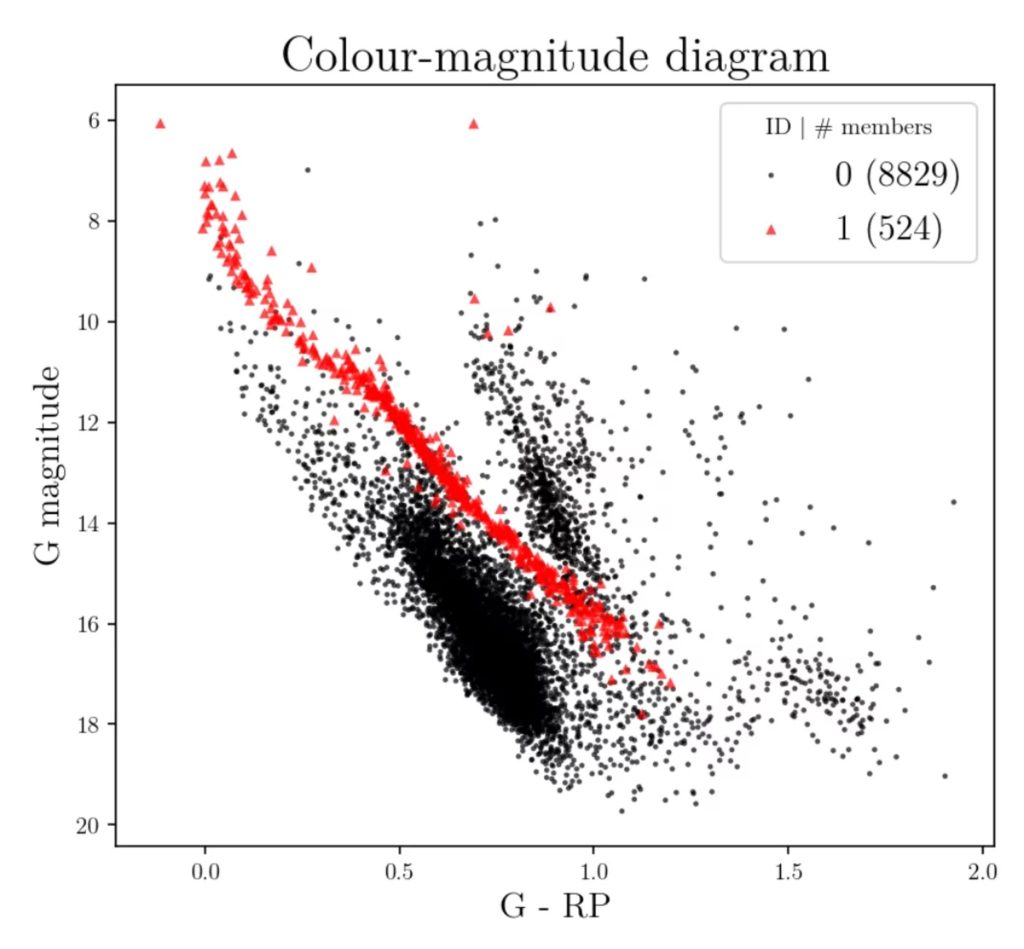
Gaia open cluster detection
For my first thesis in the Astronomy and Data Science masters programme, I investigated techniques for detecting open star clusters in the newly releases Gaia catalogue. This catalogue contains precise measurements for position, proper motion, parallax and magnitudes for more than a billion stars. Detecting open clusters in this seven-dimensional space is impossible to do by eye and requires advanced clustering techniques. I utilized a combination of t-SNE dimensionality reduction and HDBSCAN for unsupervised clustering of stars.

PAHST space telescope mission concept
At the ESA Alpbach Summer School in 2017 I worked in an international team of enginering and astronomy students, PhDs and postdocs to develop the PAH Space Telescope (PAHST) mission concept. The topic of the summer school was “Dust in the Universe”; PAHST would observe rest-frame absorption of the UV light from the earliest stars by polycyclic aromatic hydrocarbons (PAHs) in the Epoch of Reionization. This mission concept was selected out of four to be further developed at the Post Alpbach event in Redu, Belgium.
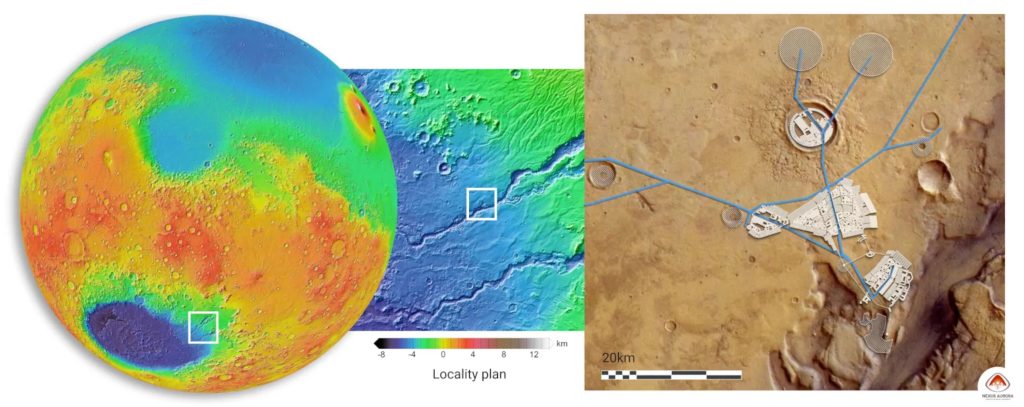
Mars City State Design Competition
In the spring of 2020 I was a part of the multinational Nexus Aurora team, designing a Mars colony for the Mars City State Design Competition of the Mars Society. Specifically, I was involved in the site selection and urban planning. This concerned a large tradeoff analysis between the availability of resources (mapped with instruments on orbiters such as TES/MGS), geology, terrain, local environment and more. Our team won first place out of 175 applications.
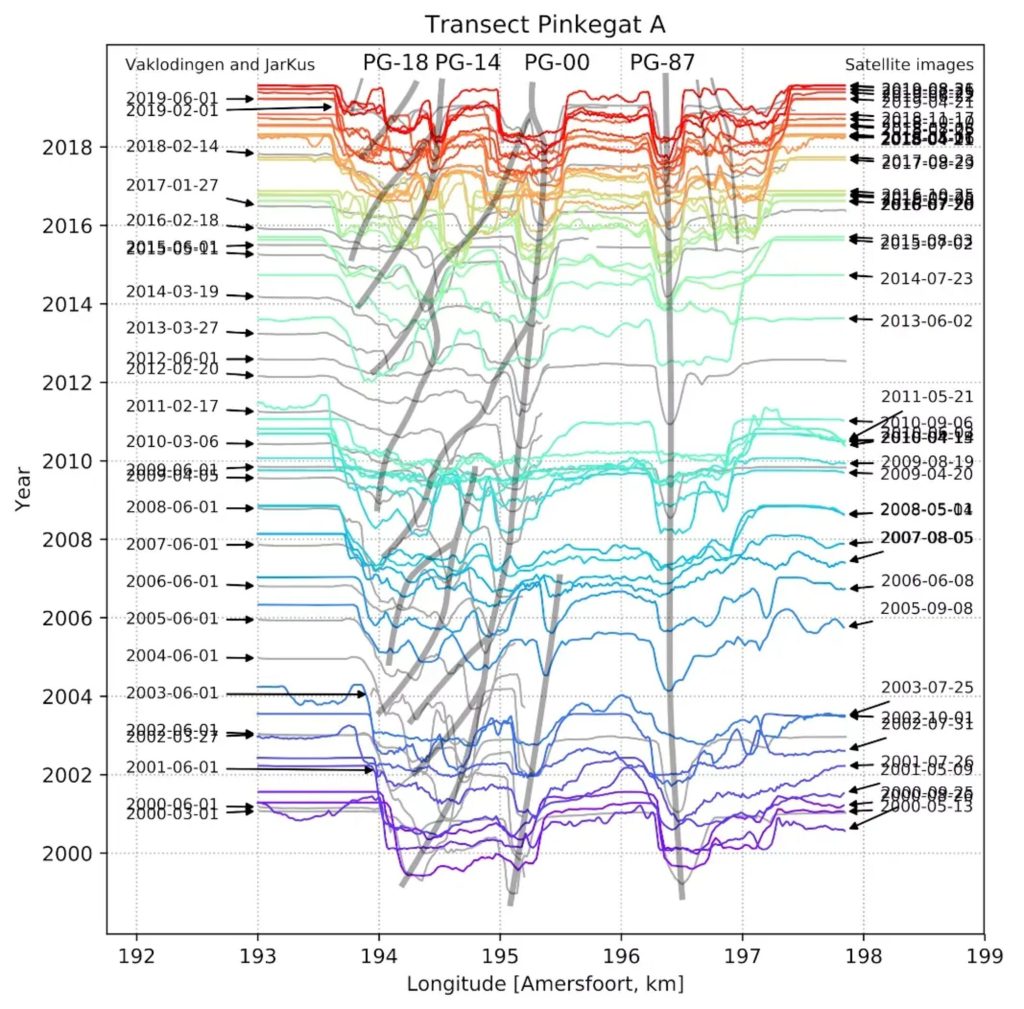
Coastal morphodynamics tracking with remote sensing
In 2019 I did an internship at Deltares, a knowledge institute in the Netherlands for water and subsurface research. I used remote sensing, specifically Sentinel and Landsat data accessed through Google Earth Engine, for tracing the changes in morphology of shoals and channels in the Dutch Wadden Sea. I introduced two automated methods for delineating channels in the tidal system at the scale of years and months, using optical/NIR (Sentinel-2 & Landsat) and radar (Sentinel-1) imagery.
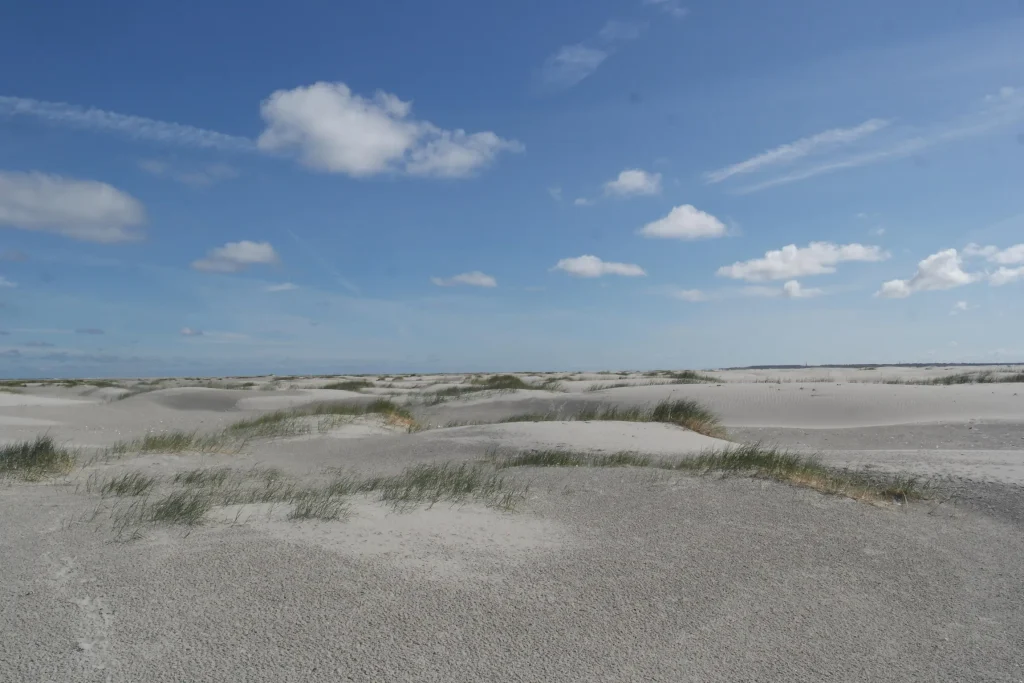
Since 2019 I have gained an interest in the development of the shoals Engelsmanplaat and Rif,. This is both through remote sensing and in-situ monitoring; I have been visiting the area yearly for many years now. More information can be found on the website of the volunteer group.
